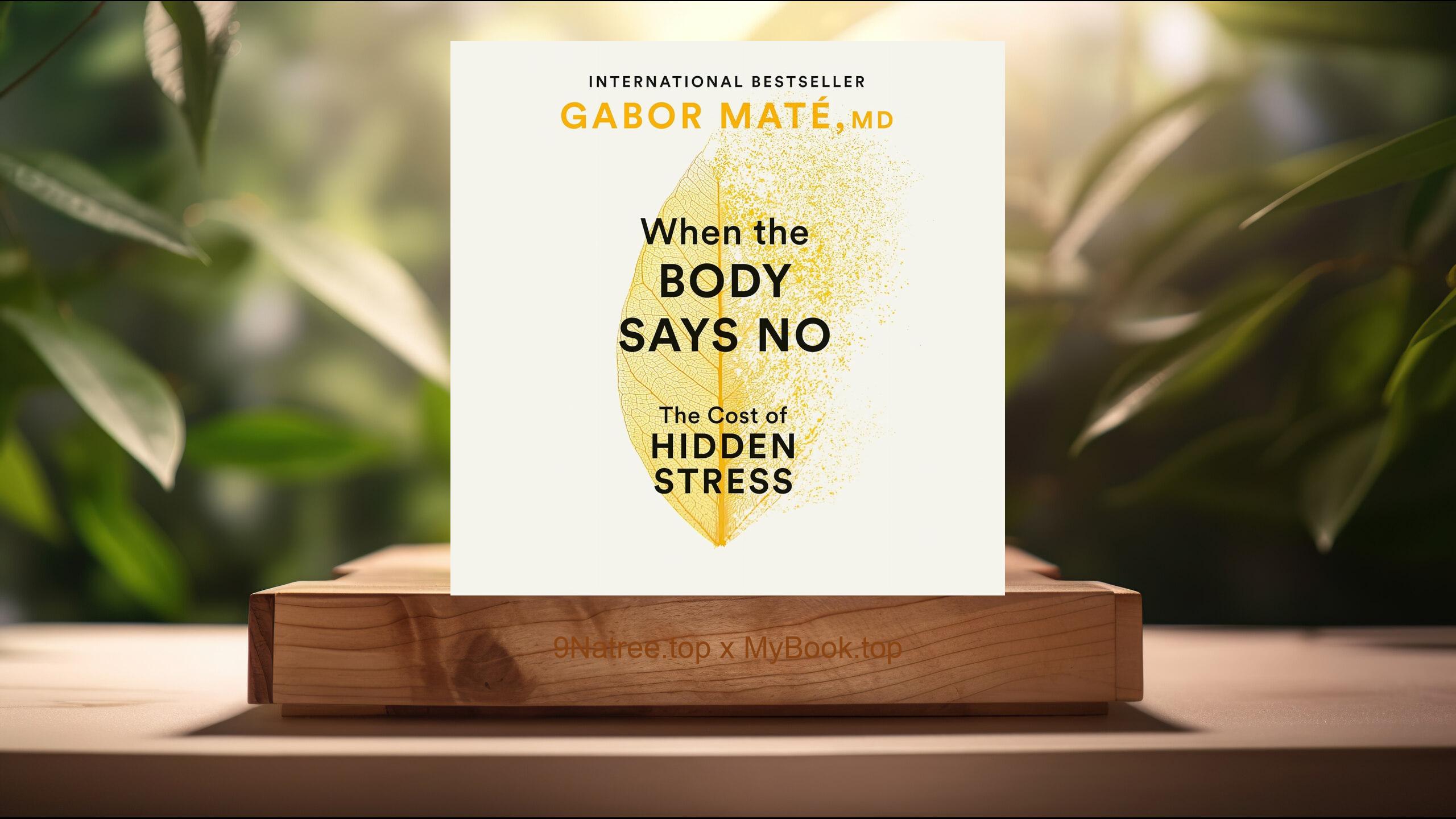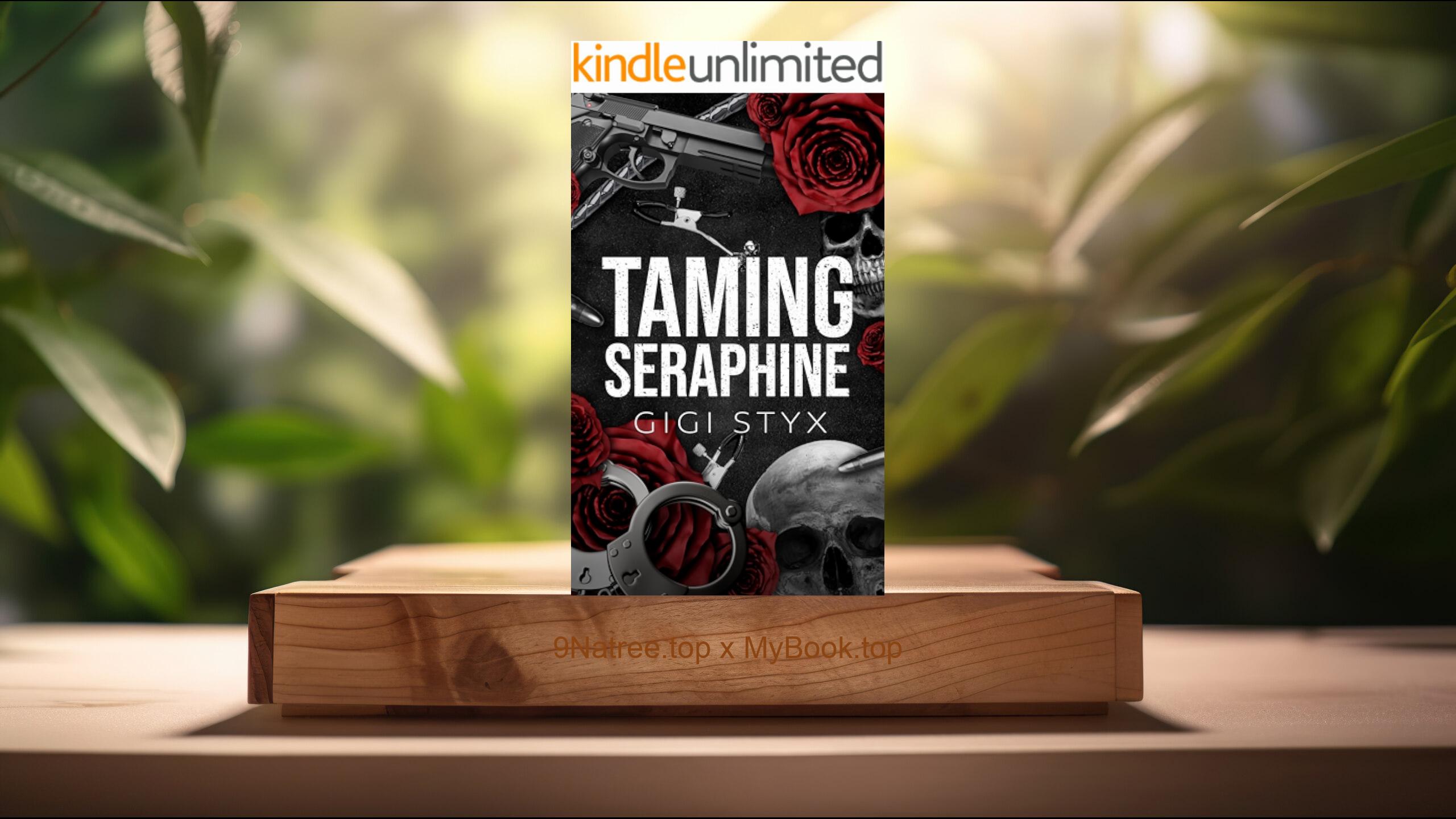Show Notes
- Amazon USA Store: https://www.amazon.com/dp/B0CGGPLDX5?tag=9natree-20
- Amazon Worldwide Store: https://global.buys.trade/Building-a-Non-Anxious-Life-Dr-John-Delony.html
- Apple Books: https://books.apple.com/us/audiobook/the-complete-healing-journey-for-anxious-attachers/id1607872148?itsct=books_box_link&itscg=30200&ls=1&at=1001l3bAw&ct=9natree
- eBay: https://www.ebay.com/sch/i.html?_nkw=Building+a+Non+Anxious+Life+Dr+John+Delony+&mkcid=1&mkrid=711-53200-19255-0&siteid=0&campid=5339060787&customid=9natree&toolid=10001&mkevt=1
- Read more: https://mybook.top/read/B0CGGPLDX5/
#nonanxiouslife #anxietyrelief #mentalhealth #emotionalresilience #stressmanagement #selfhelp #JohnDelony #personalgrowth #BuildingaNonAnxiousLife
These are takeaways from this book.
Firstly, Recognizing Anxiety as a Signal, Not a Life Sentence, One of the central ideas in Building a Non-Anxious Life is that anxiety is not your identity; it is a signal that something in your life, body, or relationships is out of alignment. Dr. John Delony helps readers shift from seeing anxiety as a personal weakness to viewing it as a warning light on the dashboard. He explains how chronic stress, unresolved trauma, and unhealthy routines accumulate over time and manifest as anxiety, panic, or emotional numbness. Rather than merely coping with symptoms, Delony encourages readers to listen to what anxiety is trying to say about their boundaries, lifestyle, relationships, and beliefs. He breaks down how the brain and nervous system respond to perceived threats, and why our modern environment constantly keeps those systems on high alert. By understanding anxiety as an informative signal instead of a permanent label, readers are empowered to respond with curiosity and action, not shame or avoidance.
Secondly, The Power of Connection and Community, Delony argues that one of the greatest causes of anxiety is profound loneliness and disconnection. In Building a Non-Anxious Life, he shows how isolation, social media comparison, and lack of real community quietly fuel our fears and insecurities. The book emphasizes the importance of authentic relationships where we can be honest, vulnerable, and fully known. Delony provides practical guidance on how to rebuild connection: initiating difficult but honest conversations, setting healthy boundaries, choosing safe people, and investing in trusted friendships over shallow interactions. He also explores how family patterns, conflict avoidance, and past betrayals shape the way we relate to others today. When we hide our struggles, anxiety grows in the dark; when we share them with wise, compassionate people, anxiety loses much of its power. This section teaches readers that a non-anxious life is not a solo project; it is built through community, belonging, and mutual support.
Thirdly, Taking Ownership of Your Daily Choices, A key theme of the book is that peace is built from countless small decisions, not one dramatic breakthrough. Dr. Delony highlights how everyday choices around sleep, nutrition, movement, media, and routines dramatically influence anxiety levels. He confronts common habits that keep people stuck: constant phone scrolling, staying up too late, numbing out with entertainment, and refusing to rest. Instead of offering perfectionistic rules, Delony focuses on sustainable, realistic changes. Readers are encouraged to create predictable rhythms, protect their sleep, limit toxic input, and prioritize activities that calm the nervous system. He underscores that waiting until you feel motivated rarely works; you must act your way into a non-anxious life by deliberately building structure and discipline. This topic empowers readers to see that they are not powerless victims of their anxiety. By consistently choosing behaviors that support mental health, they gradually create a stable foundation where anxiety no longer dominates.
Fourthly, Healing from Past Wounds and Changing Your Story, Building a Non-Anxious Life addresses how unresolved pain, past failures, and family dysfunction silently shape our present anxiety. Delony invites readers to examine the stories they tell themselves about who they are, what they deserve, and how life always goes for them. Many people live out scripts they inherited from childhood, unhealthy relationships, or traumatic experiences. These unexamined narratives can keep the nervous system in chronic alarm. Delony encourages readers to confront these stories with honesty and compassion, often with the help of counselors, mentors, or safe friends. He explains that healing does not erase the past, but it changes the meaning we attach to it. By naming what actually happened, grieving losses, and forgiving when appropriate, readers can begin to write a different story about their identity and future. This work of emotional and narrative healing becomes a powerful step toward a non-anxious life, because fear no longer has total control over how we see ourselves.
Lastly, Living with Purpose, Values, and Hope, In the final movement of the book, Dr. Delony emphasizes that a non-anxious life is not simply about reducing symptoms; it is about living with clarity, purpose, and hope. Anxiety often surges when life feels meaningless, directionless, or dominated by other people’s expectations. Delony guides readers to identify their core values and to align their decisions with those values. This includes how they spend time, where they work, how they parent, and what they prioritize in relationships. He encourages readers to dream again, set realistic goals, and take courageous steps even while feeling afraid. Rather than waiting for perfect calm before taking action, he shows that confidence grows as we repeatedly choose what matters most. Hope plays a crucial role here: believing that change is possible, that you are not stuck, and that a more peaceful life can be built day by day. This sense of purpose transforms anxiety from an overwhelming enemy into a manageable part of a meaningful journey.
![[Review] Building a Non-Anxious Life (Dr. John Delony) Summarized](https://episodes.castos.com/660078c6833215-59505987/images/2231223/c1a-085k3-47mq7knof25-42xmrh.jpg)




